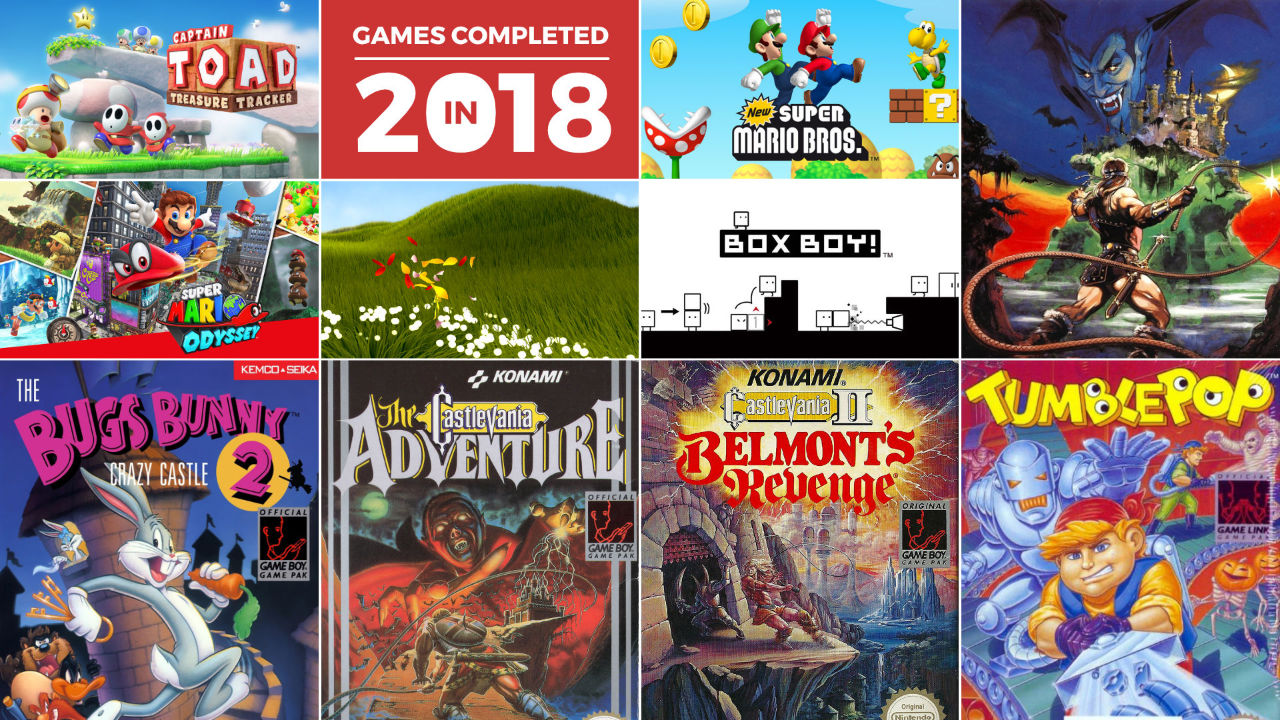
Games Completed in 2018
Some were new, most were old—at least one was awful
About two years ago in mid-2018, I asked myself, “How many games do I own? How many games have I completed? Am I a serious gamer or a casual gamer who loves collecting?” My answer to all three questions was the creation of the Sulzbach Video Game Library, a detailed spreadsheet listing all the games I own and whether or not I’ve completed them. By including a price column, I can also see if my spending is getting out of hand (hint: yes, yes it is).
A collector I may be, but I am also determined—determined to work through my games library. Below is an alphabetical list of all the games I completed in 2018, along with details about the experience. Enjoy!
Click a link to jump to that game:
- BoxBoy! (3DS)
- Captain Toad: Treasure Tracker (Wii U)
- Castlevania (3DS)
- Castlevania: The Adventure (3DS)
- Castlevania II: Belmont’s Revenge (GBA)
- Flower (PS4)
- New Super Mario Bros. (3DS)
- Super Mario Odyssey (Switch)
- The Bugs Bunny Crazy Castle 2 (GBA)
- Tumble Pop (3DS)
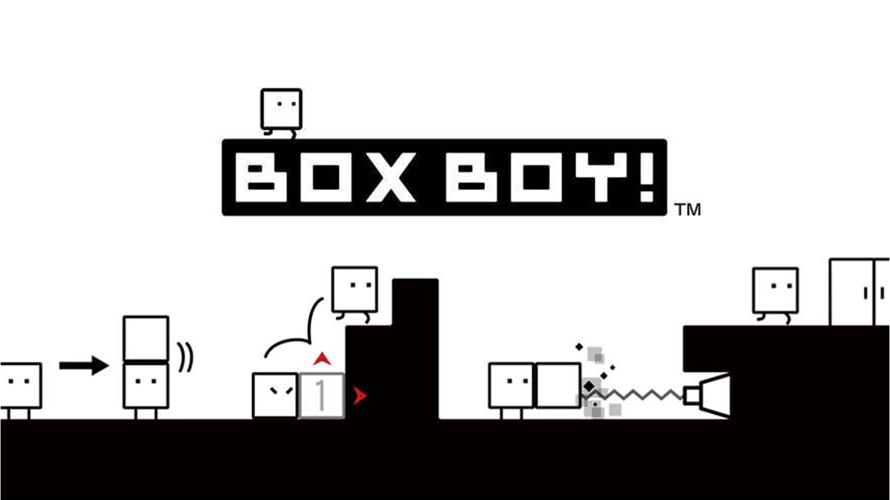
BoxBoy! (3DS)
Think outside (and inside) the box
BoxBoy is a gem of a puzzler/platformer hybrid from HAL Laboratory, best known for its Kirby game series. You control a square named Qbby who can create boxes out of his head—it sounds weird but makes sense in context. Qbby can stack these boxes or chain them together to make unique shapes.
The goal in each level is to reach the exit. Qbby isn’t especially acrobatic, so you’ll need to get creative with his boxes. Need to get over a ledge that’s too high? Make a staircase with three blocks, or get fancy with an upside-down L-shape and use it like a grappling hook. Qbby can retract his boxes and effectively pull himself up. That’s using your head!
While it’s easy to start, BoxBoy! is challenging to complete. The levels become more demanding as you acquire new skills. You can make boxes indefinitely, but the game rewards you for finding the solution with the fewest boxes possible. Victories made me feel clever, especially when more than one solution was possible.
The game has a generous amount of content for the price, with levels to unlock and costumes to buy via in-game bonus points. The costumes give Qbby non-essential power-ups that are a lot of fun to try out (the ninja costume and bunny ears in particular). Qbby himself is surprisingly endearing for being a literal square. Play Coins you’ve collected on your 3DS system can be traded for in-game hints, which I needed to do at least once. There was one stage in particular that I had to sleep on before I divined a solution.
As of writing this, I have played through the sequel, BoxBoxBoy!, which grants Qbby the ability to make multiple sets of boxes. I’ll reserve my thoughts on that for the 2019 edition of this article. A third game in the series, Bye-Bye BoxBoy!, is on my playlist for 2020. I anticipate playing the Switch title, BoxBoy! + BoxGirl!, with my wife at some point in the future.
Would I play it again? Yes, after enough time has passed and I’ve forgotten the puzzle solutions.

Captain Toad: Treasure Tracker (Wii U)
The X-axis marks the spot
Captain Toad and Toadette officially step into the spotlight, and the wait has been worth it! The visuals are lush, the music is charming, and the gameplay is addictive. Be warned that your tolerance for cuteness will be pushed to the limit.
The game unfolds in the form of an animated storybook. Captain Toad and Toadette—the latter of whom becomes playable later—advance through chapters in a book, and each chapter is a miniature playground overflowing with items to collect. You’ll explore these playgrounds while maneuvering the game’s camera to discover passageways and power-ups. Finding stashes of coins and locating warp pipes is all part of the fun. Master the camera and you’ll master each chapter.
Captain Toad can’t jump, but he’s got various tools at his disposal via the Wii U GamePad. The adventurous quarter-pint is on a quest for green power stars, so he needs your help to turn wheels, move platforms, stun enemies, and fling turnips. You really have to play Captain Toad: Treasure Tracker to appreciate its imaginative use of the touch screen. How the designers crafted so many delightful puzzles is a mystery, and I had a wonderful time solving all of them.
Too few people had a chance to play this on the ill-fated Wii U. Nintendo thankfully gave it new life on the Switch and 3DS. I recently bought the Switch version for my wife (after raving about the Wii U version), and she can hardly wait to play. Demoes are available for both platforms, so give it try!
Would I play it again? Yes. The Switch version includes new levels based on Super Mario Odyssey, which adds incentive.
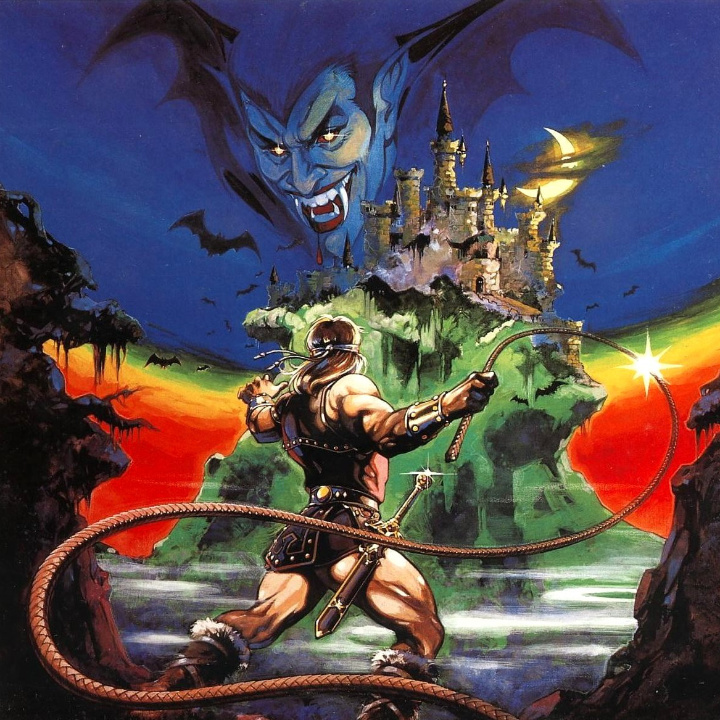
Castlevania (3DS)
Count your blessings and kill the Count
Late one night, I found Castlevania for sale on the 3DS eShop. My previous experience had been 2001’s Castlevania: Circle of the Moon for Game Boy Advance, which I found too difficult at the time. So, I decided to give the first game in the series a try. How hard could it be?
Like a diamond! Castlevania is difficult for several reasons, but the foremost is that Simon Belmont (the hero) slogs through Dracula’s castle like an anchor on the ocean floor. He’s heavy, unwieldy, and can’t be hurried no matter what dangers assail him. Simon’s unwavering stoicism makes him an easy target for enemies that hop, swoop, and fling projectiles with reckless abandon. Mark my words: as Simon, you will die and die again before reaching Dracula’s chamber.
Many save states later, I finished Castlevania feeling like I had scaled Mt. Everest. The whip, holy water, axe, and cross weapons became extensions of myself once I mastered Simon’s pace and learned his limits. I may have been a tortoise, but I was a lethal tortoise! My reflexes adapted as the difficulty ramped up. It was do or die, and I did it. Spoiler alert—I decapitated Count Dracula with my trusty whip (subtly named Vampire Killer) and holy-watered his monstrous second form to ashes.
Maybe I’m making excuses for an old game with steep difficulty, but I felt that each stage taught me the skills necessary to succeed. When I started the second quest, I dominated. One of my favorite moments was whipping a random wall and discovering a turkey dinner hidden inside. Oh, video game logic! How I love thee.
Would I play it again? Yes, possibly without save states to really test my skills.
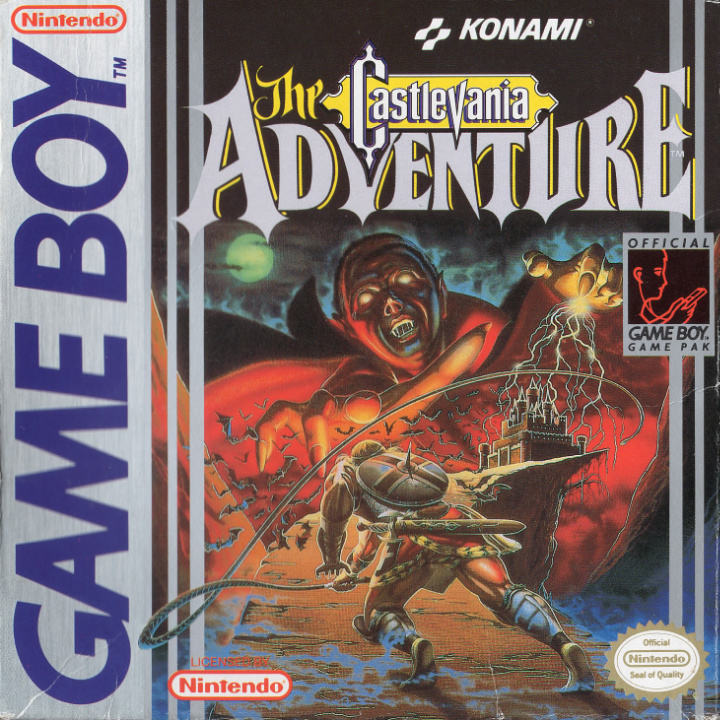
Castlevania: The Adventure (3DS)
For every high, there is a low
Make no mistake: this is a terrible game. I didn’t believe the reviews before buying my eShop copy. Surely it couldn’t be as bad as all that! Cassidy at Bad Game Hall of Shame has provided a thorough and thoughtful analysis of the game’s numerous failures, so I’ll keep my grievances to a minimum.
Rarely will I contemplate quitting a game. I may take a break or go several months between sessions, but outright quitting? That’s an affront to my pride. Let’s not be coy: I loathed The Adventure and gave up several times. I wanted to advance as far as possible before using save states, but wow! I started using them immediately. I wouldn’t have finished otherwise. Even so, the experience was torturous.
The game is not too difficult on an enemy-by-enemy basis. Rather, the agony lies in the game’s imprecise controls and abysmal performance. With respect to the latter, the emulated Game Boy hardware on 3DS seems exhausted by the task of running this title. Spending more than a few minutes with Simon Belmont’s forbearer Christopher sapped me of all willpower. It was enough to make me want to drive a stake through my heart. Or, you know, quit.
Want to climb a rope? Good luck grabbing it. Want to climb a rope before the spiked floor kills you? You’ll never move fast enough. Want to leap from one rope to another? You’ll either fall without jumping or jump without grabbing. Want to leap across multiple ropes while spikes assail you from above and below? You may as well order a ham and cheese sandwich while you’re at it.
Thinking about the experience makes me want to pound my head against a rock. A nice, sharp rock guaranteed to end my misery. Stay clear of this game, friend. Stay clear and play the sequel instead.
Would I play it again? No. Burn it with holy water! It does have pretty good music, though.
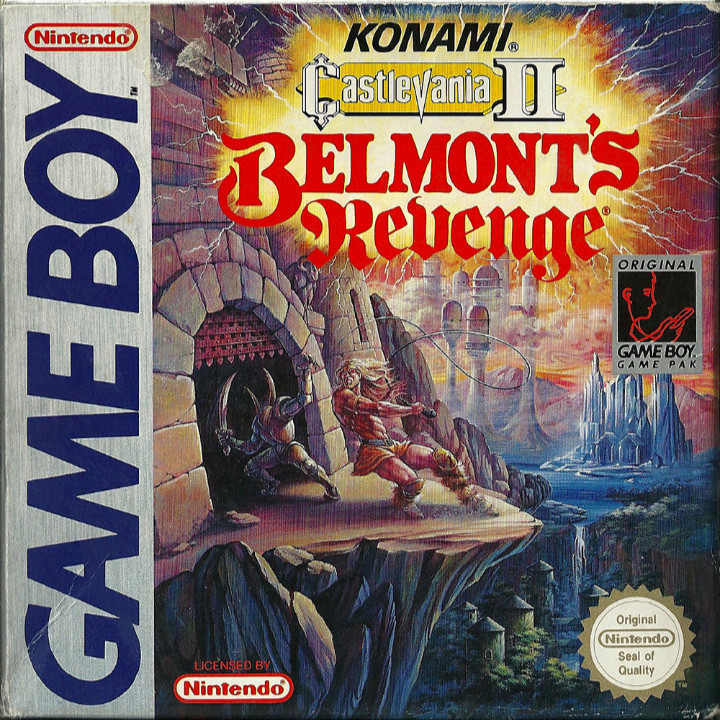
Castlevania II: Belmont’s Revenge (GBA)
A glorious, invigorating handheld classic
Castlevania II: Belmont’s Revenge is portable Castlevania done right. It’s an action-platformer like its NES brethren that pulls no punches. You will die and die again until you learn how to play the game correctly. The boss fights feel like tentpole events, filling the screen with peril and demanding the most of your skills. It’s not enough to evade attacks—you’ve got to strike fast within a narrow window of opportunity.
Each death taught me something about my approach (namely that it was flawed), and applying what I learned improved my survival rate. The difficulty never dropped; rather, I became better-equipped and more experienced. That’s a quality I appreciate in any game.
The portable nature of Belmont’s Revenge means you’ll be popping in and out using a password system. You can choose the order in which you tackle Dracula’s four themed castles. Only four, you ask? Worry not. A fifth castle appears from the ether after you complete the others. While not a lengthy game, its steep difficulty will give you many hours of bittersweet joy.
The visuals are simple but effective, marked by small sprites and broad passageways. No particular background or enemy will leave you awestruck, but what may surprise you is the game’s soundtrack. Belmont’s Revenge had me tapping my toes and bobbing my head through each level, ready to whip candles and slay monsters like nobody’s business. How did the developers squeeze this much awesomeness out of the Game Boy hardware? It’s something special.
Would I play it again? Yes! However, I would need to psyche myself up first by listening to the soundtrack. It’s not a breezy game.
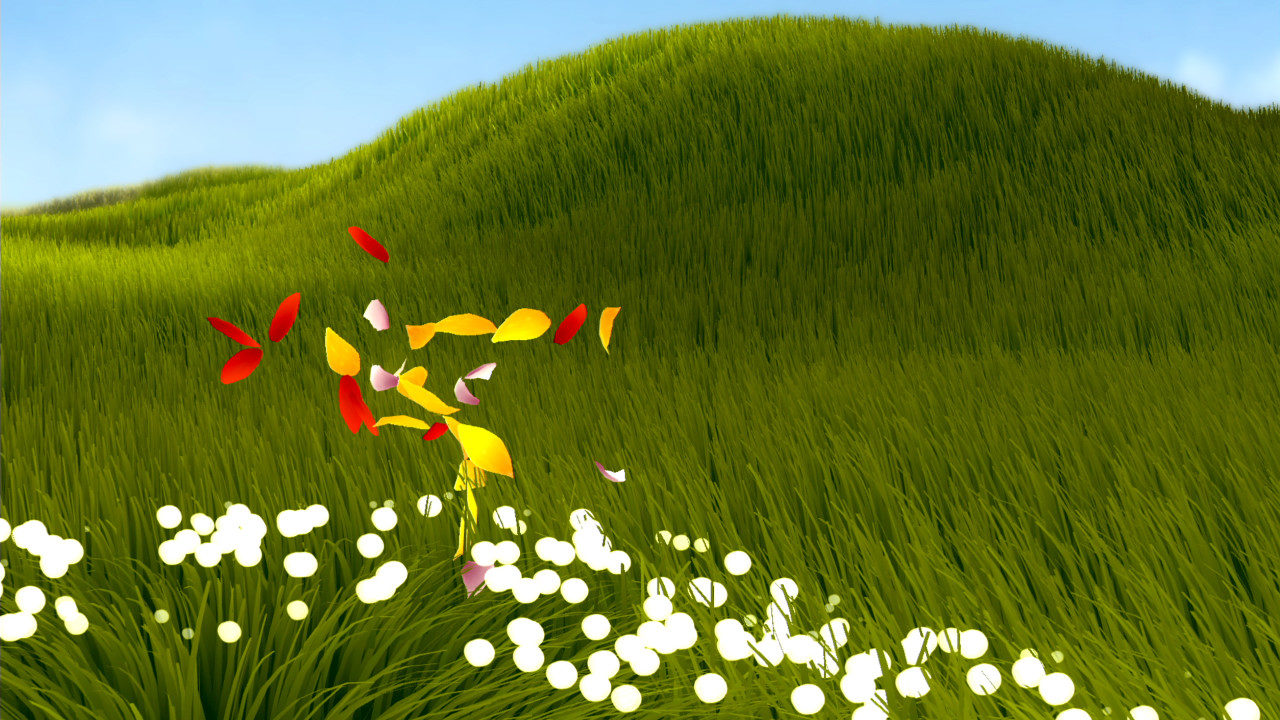
Flower (PS4)
Up, up and away
Have you ever dreamed of flying? Have you ever wanted to soar through the sky unbound by gravity? If so, Flower is an unforgettable experience that lets you fly like “a leaf on the wind.” While breezing through desaturated landscapes, you’ll restore color to the earth and make your way toward more urban areas. Flower petals gather in your wake as you rush through tall grasses, reminding you of where you’ve been and what you’ve accomplished. If you stop in your tracks, the petals will decelerate in a poetic, mesmerizing swirl.
As the wind, you’ll need to survey your surroundings for clues as to how to progress. New pathways are often at the periphery, activated by restoring color to an area, so exploration is key. You’ll occasionally uncover hidden tokens or hear distinct sounds indicating that you’ve found a secret (this is a game, after all).
The PS4 controller became an extension of my thoughts as I tilted forward, sideways, and looped around in an exhilarating rush of speed and altitude. The use of motion controls is appropriate for this ethereal style of play. It’s not as mechanical as a joystick—yes, it’s responsive—but you’ll find yourself leaning into a turn as you wind through a rocky chasm. You may even forget to breathe for a moment. More than once, I wondered if I was dreaming.
For me, Flower blurred the lines between a thoughtfully-crafted art piece and a deeply cathartic journey. It’s a relatively short experience if you don’t take any detours, but you’ll feel rewarded if you do. The music and visuals, at times deeply stirring, evoke an emotional response free of traditional story beats and characters.
Would I play it again? Yes. It’s been two years since I played it, but the experience has become a lifelong memory.
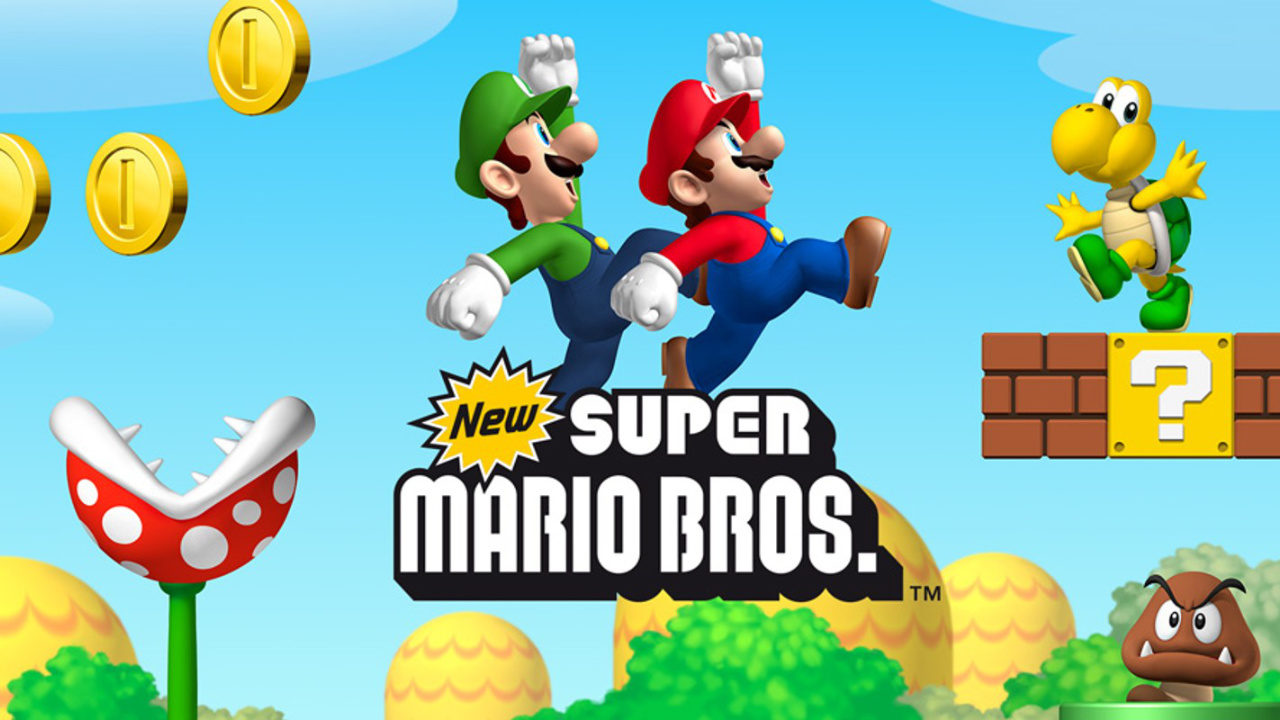
New Super Mario Bros. (3DS)
Everything old is new again
When the Nintendo DS launched, I decided to wait. The unit’s chunky profile and dim screens were turn-offs. Predictably, Nintendo released the refined, more attractive DS Lite with longer battery life and better screen brightness. That’s when I plunked down my hard-earned cash for the “new” system and the equally-new New Super Mario Bros. That’s a lot of news.
For some reason or another, I didn’t finish New Super Mario Bros. Instead I played Animal Crossing and a host of other titles. Fast-forward to 2018 when I began taking inventory of the games I had completed. Two of this game’s sequels were on that list, but lo! Somehow I had neglected to finish the first one. Worse, I had sold the cartridge. Oh Jon! When will you learn? A game on the shelf is worth two on preorder… or something like that.
So, I found a used copy and gave it another go. I’m pleased to say that New Super Mario Bros. holds up wonderfully well. It preserves the formula of Mario’s 2D adventures while adding improvements and incorporating flourishes from his 3D outings. Notable are the two new power-ups: the mega mushroom and the mini mushroom. In the past, Mario became Super Mario by grabbing a super mushroom. He could jump higher and break blocks at the risk of becoming a larger target. After taking a hit, however, Super Mario would revert to regular Mario. Regular Mario could be killed with one hit, but his smaller stature let him squeeze into narrow spaces.
With New Super Mario Bros., the big-Mario and small-Mario paradigm is turned sideways. The mega mushroom lets you totally wreck the stage, destroying pipes and shattering blocks. In contrast, the mini mushroom adds a new layer of strategy. Mini Mario is much lighter than regular Mario; he can’t stomp on goombas or koopas but must ground-pound them instead. Every leap sends him soaring through the air; although he’s more difficult to control, he can run on water and access miniature warp pipes.
I could go on and on about New Super Mario Bros., but I’ll conclude by saying that it’s a delightful combination of old and new gameplay mechanics. Novices will appreciate the quality of life upgrades over classic Mario and veterans will enjoy seeking out the hidden exits and extra courses. The “new” in the title may already be outdated, but this is a worthy continuation of Mario’s 2D legacy.
Would I play it again? Yes, and I have!

Super Mario Odyssey (Switch)
Jump up, superstar!
They say you can never go home again. Well, nobody told Nintendo. Super Mario Odyssey runs the gamut of awesome to amazing and surpassed all of my expectations. It made my heart soar in ways I haven’t felt since playing the original Super Mario Bros. and Super Mario 64. Odyssey manages to be both a 3D platformer and a 2.5D throwback to Mario’s roots.
This time out, the world’s most versatile plumber has a new trick up his sleeve. The Mario of tomorrow has moved beyond stomping goombas—now he IS a goomba! Or a frog! Or a Tyrannosaurus Rex! Or a zipper? Mario can be almost anyone or anything thanks to the power of Cappy, a magical creature that empowers Mario to posses other entities. Yup, you read that right. It’s a strange concept on paper but one that feels fun and fresh in practice.
Whether docked or in handheld mode, Odyssey is a visual treat. Running and jumping has never felt so delightful. Sussing out power moons in every nook and cranny is a joy. The orchestrated score is both familiar and new, eliciting a cornucopia of emotions as Mario bops from kingdom to kingdom. Rather than traditional levels, kingdoms compose the game’s dozen-plus stages. They are a varied, imaginative bunch of sandboxes brimming with things to do and characters to discover. Every time you throw Cappy at an enemy or a piece of architecture, you’ll wonder what new experience awaits.
Rarely did I struggle in Super Mario Odyssey. Yes, there were challenges, but failure is no longer punished. Gone are the “lives” that once capped your potential to learn from your mistakes. Now, losing all your health or falling into oblivion only sets you back about ten coins. It’s a paradigm shift that inspires literal leaps of faith across chasms of poisonous purple goo, or dares you to drive a scooter off the top of a skyscraper. I did that more than once.
One particular kingdom, New Donk City, stands out as a surreal experience. Nintendo blurred the line between video game lore and real life history by bringing back Pauline, Mario’s original damsel in distress, as mayor of the city. In the game, Pauline throws a city-wide party that highlights the rivalry between Donkey Kong and “Jumpman,” aka the prototype Mario from 1981. As the jazz band jams, an offscreen crowd cheers Mario’s every move. Pauline belts out the game’s theme song, “Jump Up Superstar,” and our favorite plumber once again topples his friendly simian foe to thunderous applause. Poor DK.
Is it all a show within a show? Is Mario supposed to be a real guy who plays a video game character on TV? I don’t know, but it was an unforgettable wallop of nostalgia within a moment of fourth-wall breaking meta-commentary. Phew! I need to catch my breath. Well played, Nintendo. Well played.
Would I play it again? Yes.
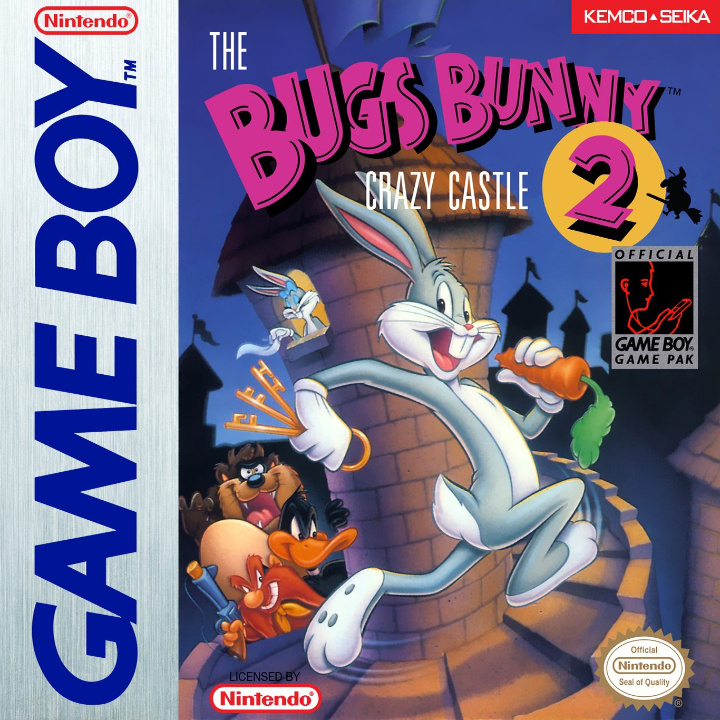
The Bugs Bunny Crazy Castle 2 (GBA)
Looney logic meets puzzling platforms
Erica had this game in her collection before we met, so it became one of “our” games after the wedding. Years earlier as a kid, I remember seeing Crazy Castle 2 for sale at my local Target. The “player’s choice million seller” logo on the box wasn’t enough to lure me in—licensed games had a poor reputation, so I passed.
Fast-forward to 2018 when I popped the cartridge in my self-modded Game Boy Advance SP (nicknamed “el fuego”) and discovered a simple yet enjoyable puzzle-platformer. In a way, Crazy Castle 2 is a time capsule for early ‘90s Game Boy titles. They were often short, featured a password save, and repeated the same core gameplay mechanic throughout the experience. That’s OK by me. We all need games—well, I need games—that provide nothing more than short bursts of fun.
The core gameplay of Crazy Castle 2 sees Bugs Bunny climbing and descending stairs in maze-like levels, searching for the exit while avoiding enemies. It doesn’t evolve much from that, except when introducing some truly tricky warp pipes that crisscross like spaghetti noodles. Bugs can’t escape until he finds all eight keys scattered throughout each level. The keys are necessary for opening doors that lead to power-ups, additional keys, or nothing at all.
The game does have a plot: Witch Hazel has kidnapped Honey Bunny and created a batch of Looney Tunes lookalikes. The lookalikes patrol the castle passageways, hoping to thwart Bugs with their lethal touch. The power-ups you can use to dispatch them are familiar cartoon fare: anvils, bombs, a boxing-glove pistol, etc. It’s a minor relief that I’m not killing the real Tweety or Tasmanian Devil.
Whether or not you’ll make it to the end of Crazy Castle 2 depends on how enjoyable you find the gameplay. The fact that a single stage can be completed in just minutes makes it ideal for short bursts, and the inclusion of familiar characters helps to elevate an otherwise average experience.
Would I play it again? Maybe. It’s strange, but Bugs can’t jump in this game. Not even a hop!

Tumble Pop (3DS)
A monotonous game about sucking up monsters
Tumble Pop is a port of an arcade game, one whose numerous stages were originally designed to eat your quarters. You play as a monster exterminator with a vacuum cleaner on his back. Suck up all of the monsters in a given stage and you’ll advance to the next one! That’s about it, really.
If you manage to suck up letters that spell “Tumble Pop,” you’ll get to play a mini-game that consists of catching falling items. It’s an effort at variety that ultimately amounts to waiting in the corner until something good lands on your head. Despite the power-ups available, most of them expire in a few seconds and are not overly helpful. Stick with your standard vacuum cleaner—it may not be exciting, but it’s plenty sufficient.
The boss stages, in contrast, are a bright spot in an otherwise dull experience. They mix up the gameplay by demanding quick reflexes and intentional positioning. This raises the difficulty to a healthy level and provides the only incentive to play the falling-item mini-game: to stock up on extra lives.
Sadly, what originated as a harmless arcade game with likable, chunky graphics is ultimately a ho-hum experience on Game Boy. The eShop version cost me $2.99, which is several quarters more than I would have spent in the arcade. Don’t bother with Tumble Pop. It kind of sucks.
Would I play it again? No.
